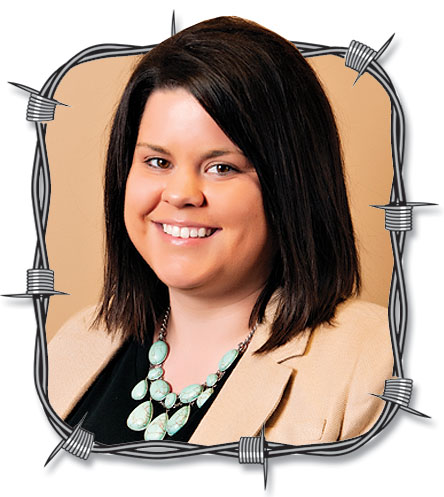We are now heading into the holiday season with all the hustle and bustle upon us. The next big hurdle we tackle in addition to gift giving is… tax season. As we all know, one of the only guaranteed things in farming is the annual income tax deadline.
The biggest piece of advice I can provide is, don’t wait until the last minute. An essential farm financial management tool is year-end tax planning. While we often coincide tax planning with having a “good year,” it can also help maintain steady taxable income across multiple years. This can help minimize owing taxes over a longer span of years, which also provides benefit in the not-so-good years.
When net farm income is high, three major strategies for tax management are: deferring income, prepaying expenses, and claiming accelerated depreciation. Deferring income, also known as “carry over,” refers to not selling cash crops, equipment, or livestock until 2023. Look at prepaying some farm expenses, such as feed, fertilizer, seed, fuel, etc., prior to year-end. Farmers are usually able to secure significant discounts and lock in favorable prices by doing this, which reduces operating costs. Given the current input prices and supply issues, be cautious in this area. Accelerated depreciation refers to using Section 179 and bonus depreciation methods. These allow purchases to be depreciated entirely or mostly in the current year and provide flexibility when purchasing assets for your operation. While accelerating deprecation now may seem to be to your advantage, special attention should be made as it could be detrimental in future years if relied on too heavily. Your tax preparer can help you plan for this and provide options to reach your target net farm income.
In years when income may be lower, the most common way to bump income up is to sell crops and livestock that typically would have been carried over. Current-year expenses such as insurance premiums, rent, or interest can also be deferred to help reduce expenses. Cutting back on prepaid expenses also provides flexibility, but you could miss out on discounts.
Even after year-end, another great way to manage tax liability while preparing for retirement is to make contributions to a traditional deductible IRA. For 2022, individuals can contribute up to $6,000 to an IRA. If you’re over age 50, you can contribute an additional $1,000. IRA and health savings accounts (HSAs) contributions are not due until the April tax deadline.
While year-end tax planning and financial management take extra effort, the overall goal to keep in mind is not to eliminate taxes but to understand what is generating the tax liability and adjust accordingly. This can be accomplished with accurate and timely farm records and working closely with your tax advisor who is familiar with all tax benefits and tools available to a farming business.
Erin Harvey is a CRCM and assistant vice president at Lamar Bank & Trust Company in Lamar, Mo. She can be reached at [email protected].






